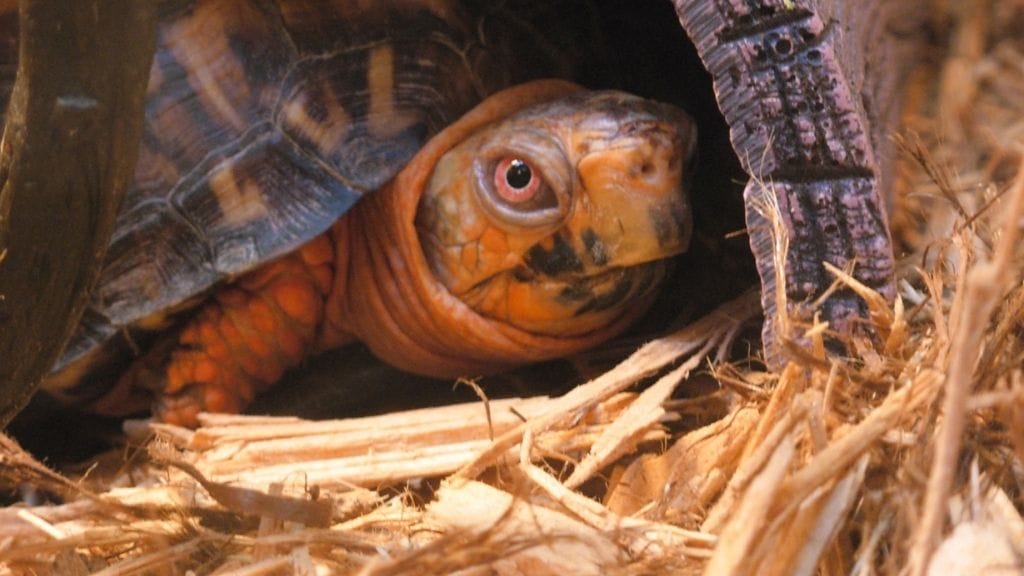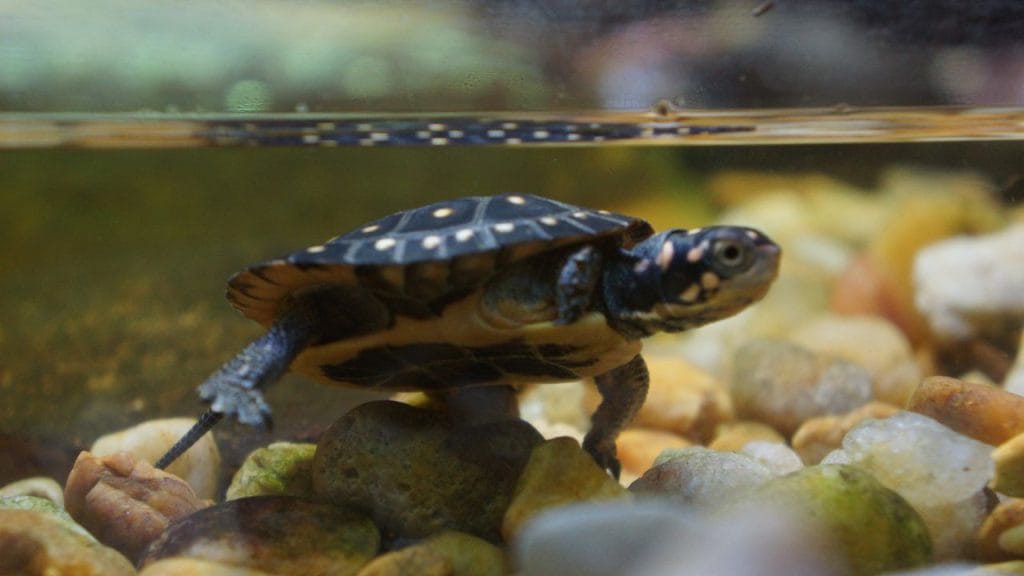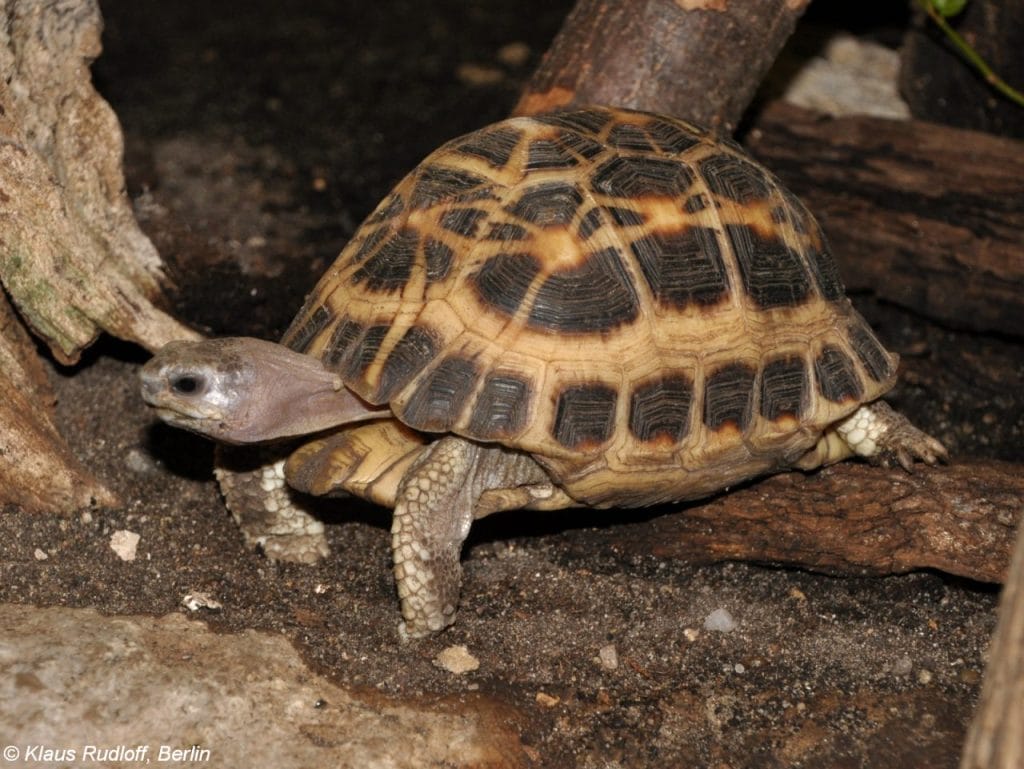Wild Turtles Outsmart Predators in Ways You’d Never Expect

This post was created with help from AI tools and carefully reviewed by a human (Muntaseer Rahman). For more on how we use AI on this site, check out our Editorial Policy.
Turtles get a bad rap for being slow and simple. But out in the wild, they’re pulling moves that would make a spy proud.
They don’t just hide in their shells and hope for the best. They plan, dodge, trick, and sometimes even fight back. Yeah, turtles.
Let me show you how these shelled survivors outwit predators without breaking a sweat.

Playing Statue Isn’t Just Laziness
Some turtles freeze like they’ve just seen a ghost. Not because they’re scared stiff—but because it works.
Take the Eastern Box Turtle. This little guy has a hinge on its shell that lets it close up shop completely. When a raccoon comes sniffing around, the turtle doesn’t sprint or flail. It just shuts itself like a vault and stays dead still. No movement. No noise. Just pure patience.
Most predators lose interest fast. They poke it, nudge it, maybe try a bite—and then give up. Turtles know this. They’ve learned that being boring can be the smartest move on the planet.
Even softshell turtles, like the Spiny Softshell, do their own version. They bury themselves under sand or mud with only their snorkel-like nose sticking out. If something comes close, they don’t twitch. They vanish in plain sight.
It’s not laziness. It’s strategy. When you’re a turtle, freezing isn’t giving up—it’s calling your predator’s bluff.

Shell Positioning as a Trap, Not Just Protection
Most people think a turtle’s shell is just a shield. Fair enough. But wild turtles don’t just use their shell—they weaponize it.
Take the Common Musk Turtle. This tough little creature isn’t huge, but it knows how to jam itself between rocks underwater where no predator can get a proper grip. A raccoon or otter might try pulling it out—but all they get is frustration and a stink bomb, since musk turtles also spray a foul odor as a bonus.
Then there’s the Pancake Tortoise from East Africa. Its shell is flat and flexible—not thick like others. You’d think that’s a flaw. Nope. It slips into narrow crevices and uses its limbs to wedge in so tightly, even snakes can’t drag it out. That flat shell becomes a lock when it’s pressed into stone.
This isn’t just hiding. It’s bait-and-switch. Predators think it’s an easy meal. The turtle says, “Come closer,” then slams the door shut with rocks and shell.
Smart. Quiet. Unmovable. That’s how they trap frustration inside their own armor.

This Hilarious Turtle Book Might Know Your Pet Better Than You Do
Let’s be real—most turtle care guides feel like reading a textbook written by a sleep-deprived zookeeper.
This one’s not that.
Told from the snarky point of view of a grumpy, judgmental turtle, 21 Turtle Truths You’ll Never Read in a Care Guide is packed with sarcasm, sass, and surprisingly useful insights.
And hey—you don’t have to commit to the whole thing just yet.
Grab 2 free truths from the ebook and get a taste of what your turtle really thinks about your setup, your food choices, and that weird plastic palm tree.
It’s funny, it’s honest, and if you’ve ever owned a turtle who glares at you like you’re the problem—you’ll feel seen.
Fake Moves and Misdirection
You’d think turtles are too slow to pull off any slick tricks. But wild ones know how to fake it better than some soccer players.
Snapping turtles are the real masters here. When they sense danger, they don’t always run—or snap right away. They pull their limbs in, act passive, and wait. Then boom—one sudden strike when the predator lets its guard down. It’s not random. It’s planned.
Some softshell turtles do it too. They’ll twitch or jerk just enough to draw attention away from their real escape route. A predator thinks the turtle’s panicking in one direction, but it suddenly darts the other way—fast and flat.
Even hatchlings can pull off misdirection. Some baby sea turtles flip around or zigzag when birds swoop down during their beach sprint. It’s chaotic, but it works. Confuse the enemy, live to swim another day.
These aren’t panicked moves. They’re feints. When survival depends on it, even a turtle knows how to bluff.

Underwater Hide-and-Seek Champions
Turtles might not look like stealth experts, but in the water? They vanish like magic.
Take the Mata Mata turtle from South America. It looks like a pile of wet leaves with a face. That’s not an insult—that’s camouflage. It sinks to the bottom of slow rivers, stays perfectly still, and blends into the mess of plants and muck. Predators swim right past without even noticing.
Then you’ve got the Eastern Painted Turtle. These guys use murky ponds like smoke screens. When danger shows up, they slip under logs, drift into lily pads, or just sink and wait. Their shell colors help them blend into the background like a ninja in slow motion.
Even softshell turtles like the Florida Softshell bury themselves under sand with just their snorkel nose poking out. They can stay hidden for hours without moving a muscle.
No need to run when you can just disappear. That’s the turtle version of stealth mode.

Climbing, Digging, and Unexpected Escapes
People think turtles are stuck on the ground, crawling in slow motion. That’s cute—but wrong. Some of them are escape artists.
Spotted turtles? They’ll climb over logs, rocks, even try scaling low fences if something’s after them. One second you think they’re boxed in, the next they’re halfway up a tree root like it’s no big deal.
Box turtles are digging pros. If the ground’s soft, they’ll vanish underground in minutes. It’s not just for sleeping or avoiding heat—burrowing is a full-on survival tactic. Predators sniff around and find nothing but dirt.
Even aquatic turtles pull surprise moves. Red-eared sliders have been caught launching themselves off muddy banks to escape—sliding straight into water with zero hesitation. They know their surroundings better than most give them credit for.
When it looks like they’re trapped, they just rewrite the exit plan.

Knowing When to Move and When to Freeze
This is where turtles really show they’ve got brains behind the shell. They don’t just pick a direction and go—they read the room.
Take the Wood Turtle. Studies have shown they wait before crossing roads or open spaces. If there’s noise or movement, they freeze. When it’s quiet, they move. That’s not instinct. That’s observation and timing.
Even sea turtles know better than to bolt the moment they hatch. If it’s broad daylight and the beach is crawling with birds, many will stay buried a little longer. When night falls or clouds roll in? That’s when the dash begins.
It’s not luck. It’s strategy. Knowing when to act and when to wait can mean life or death. And wild turtles seem to get that better than we do during rush hour.

Memory and Territory Tricks
Turtles may look like they forgot what day it is—but when it comes to their home turf, their memory is scary sharp.
Take the Bog Turtle. It sticks to the same muddy patch year after year. Not because it’s lazy, but because it knows that area like a survival map. Where to hide, where to bask, which spots flood—it’s all locked in.
Then there’s the Sea Turtle GPS system. Female sea turtles return to the exact beach they were born on, even decades later. They cross whole oceans and still find the right patch of sand like they’ve got Google Maps built into their brains.
Even Red-Eared Sliders use the same haul-out spots, same hiding logs, same basking rocks. If something changes, they notice. They’ll explore, adjust, and then remember the new layout.
It’s not random wandering. It’s route planning. These turtles aren’t just surviving—they’re navigating like pros.

Social Clues from Other Animals
Turtles may not chat or gossip, but they’re definitely eavesdropping.
Some pond turtles, like sliders and cooters, watch the mood of nearby animals—especially birds. If birds suddenly fly off or frogs dive underwater, turtles don’t sit around waiting to confirm. They bolt too. They treat that chaos as a warning.
In Florida wetlands, researchers noticed turtles ducking under the surface right after herons or ducks reacted to threats. No time wasted figuring it out. If the neighbors panic, turtles assume it’s not a drill.
Even sea turtles pick up cues. They swim in areas with fish schools, not just for food, but because fish movement gives away predator presence. Fish scatter, turtles shift course.
They’re not just surviving solo. They’re tuned in to the vibe of the neighborhood.

About Author
Muntaseer Rahman started keeping pet turtles back in 2013. He also owns the largest Turtle & Tortoise Facebook community in Bangladesh. These days he is mostly active on Facebook.











